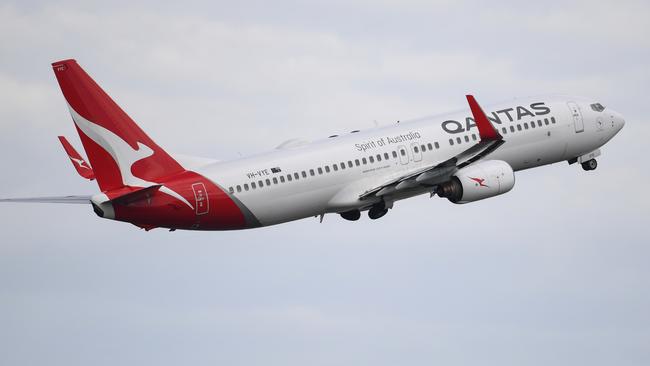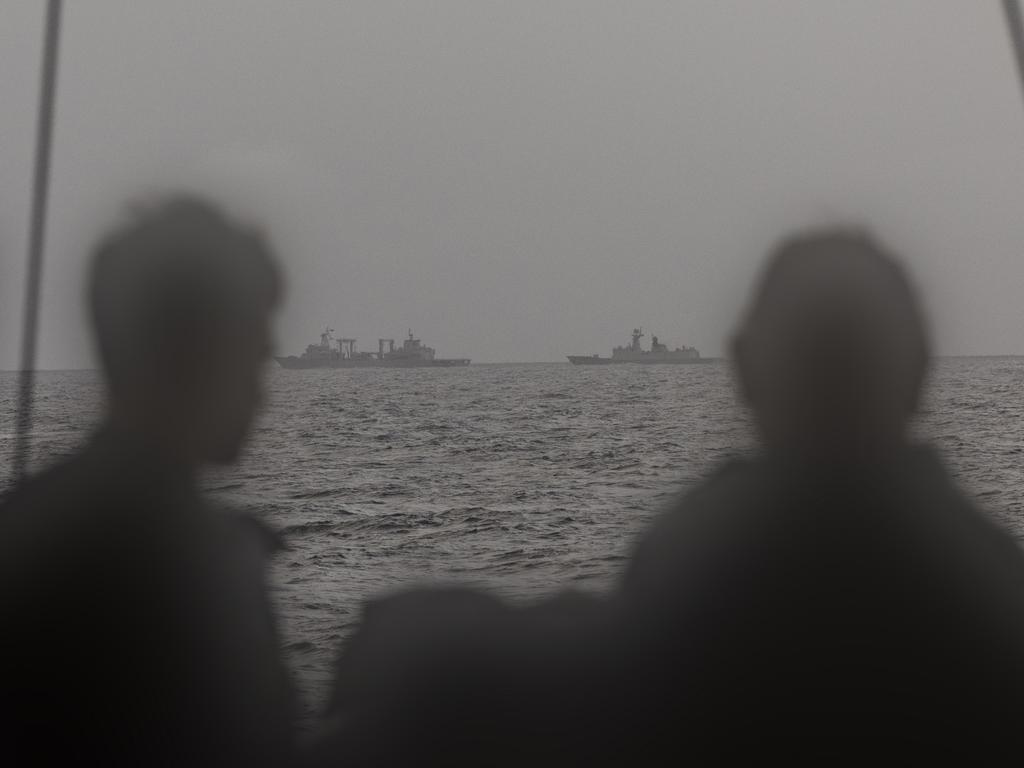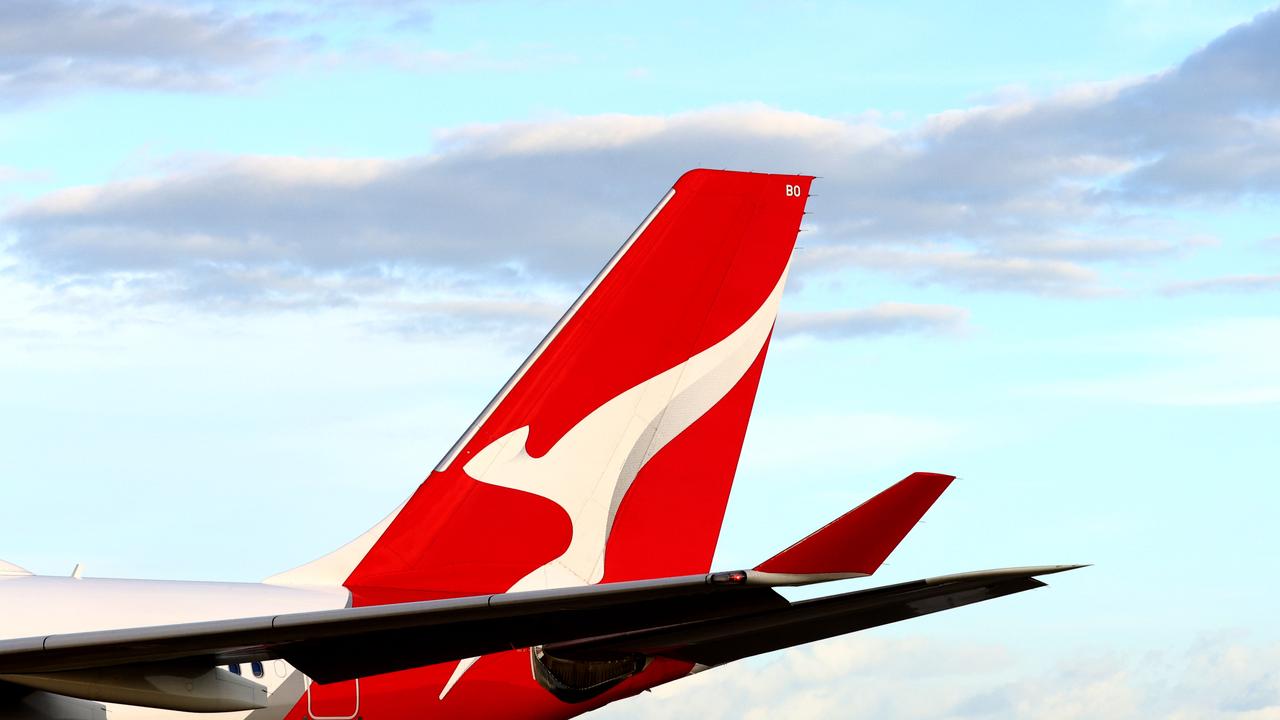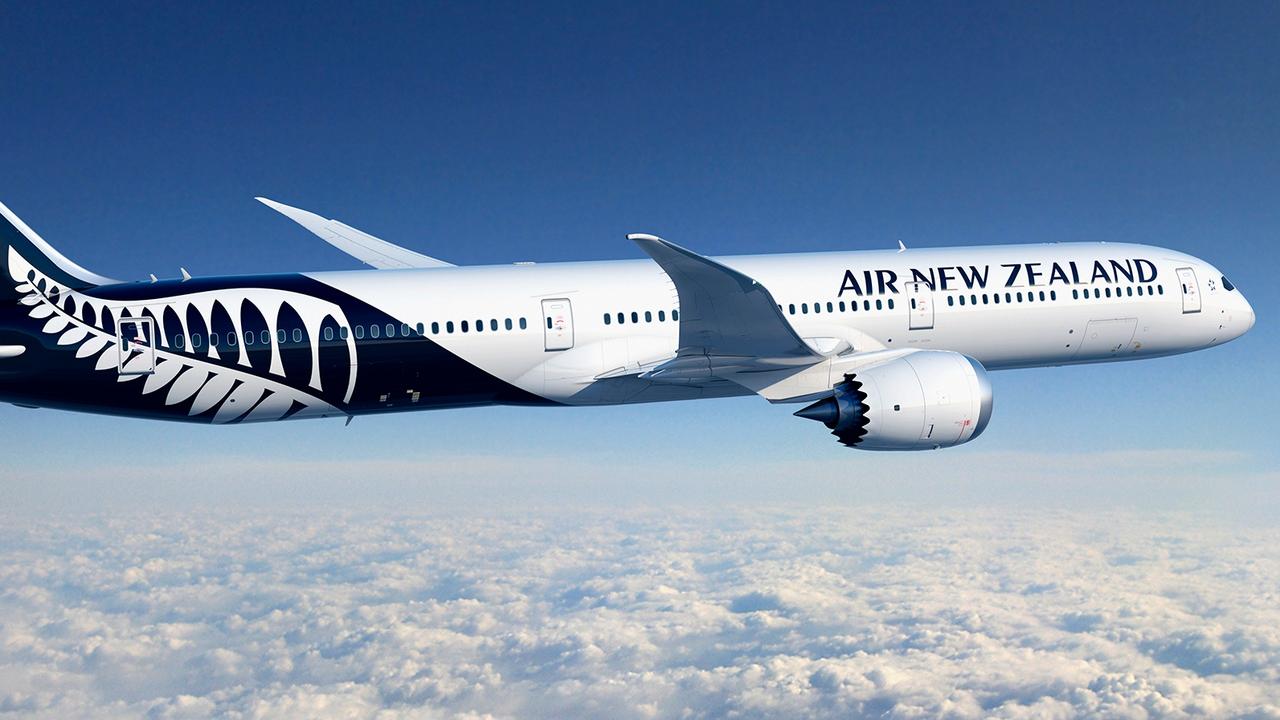Chinese military exercise in busy Tasman Sea prompts warning to airlines to change flight paths
Commercial airlines have changed their flight paths over the Tasman Sea to avoid a Chinese military exercise involving live firing up to 50,000 feet, as tensions in the Pacific continue to rise.

Qantas has confirmed it has instructed pilots to change their flight path across the Tasman, due to a live fire exercise being undertaken by three Chinese warships.
The exercise prompted Airservices Australia to issue radio warnings to pilots advising that the live firing was reaching altitudes of up to 50,000 feet, and flights should change course to avoid the area.
It’s understood a Qantas flight from Sydney to Auckland was underway when the warning was received, and was advised to adjust its path so as not to get closer than 19 nautical miles to the warships.
Flights operated by Qantas across the Tasman are now applying a 100nm restriction around the exercise area more than 600km off the New South Wales coast.
At least two more services operated by other airlines were warned mid-flight to adjust their position over the Tasman Sea, which typically sees as many as 140 commercial flights a day.
Virgin Australia, Emirates and Air New Zealand confirmed they had been given instructions to avoid the airspace over the military exercise, being conducted in international waters.
A statement from Airservices and the Civil Aviation Safety Authority said they were “aware of reports of live firing in international waters”.
“As a precaution, we have advised airlines with flights planned in the area,” said the statement.
“We are also working together to co-ordinate advice to operators and pilots.”

Qantas and Jetstar continually monitored the airspace in which their aircraft operated, and confirmed they had temporarily adjusted some flights across the Tasman.
“We continue to work with the Australian government and broader industry to monitor the situation,” said a Qantas statement.
Virgin Australia was also following the instructions from Airservices and “continued to operate its schedule in line with those instructions”.
An Air New Zealand spokeswoman said the carrier had “modified flight paths as needed to avoid the area, with no impact on operations”.
Australian and International Pilots Association vice president Steve Cornell said commercial flights typically flew at 30,000 to 35,000 feet, which would put them at risk of the live firing.
“While it is unusual to have Chinese warships in this part of the world, pilots often have to contend with obstacles to safe navigation, whether that be from military exercises such as this or other events like rocket launches, space debris or volcanic eruptions,” said Captain Cornell.
“That being said, it’s a big bit of ocean and you think they could have parked somewhere less disruptive while they flexed their muscles.”
Airservices data showed as many as 140 flights a day operated over the Tasman, between Australia and New Zealand ports.
Foreign Affairs Minister Penny Wong said Australia would be discussing the live-firing event with Chinese counterparts, particularly in relation to the notice given, and the transparency provided about the incident.
“Obviously, this is an evolving situation, but it would be normal practice where a task group is engaging in exercises for there to be advice given to vessels and aircraft in the area,” Senator Wong told the ABC.
“We are aware of this task group, we are monitoring this task group very closely. It is, as I understand it, operating in international waters.”





